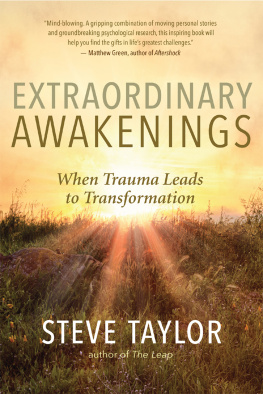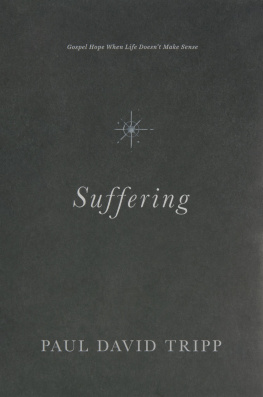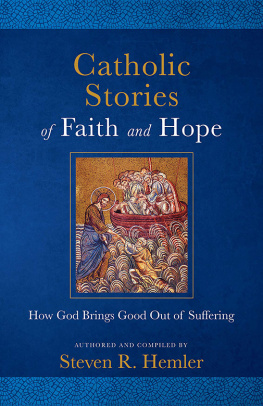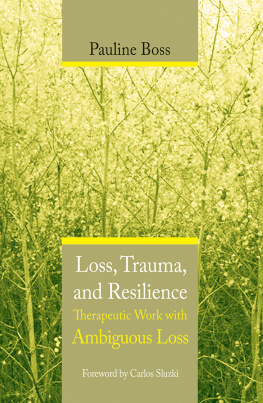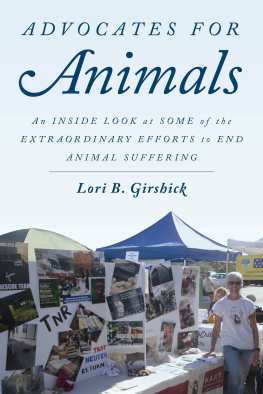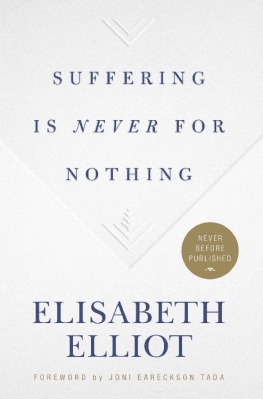Hope Ferdowsian MD - Phoenix Zones: Where Strength Is Born and Resilience Lives
Here you can read online Hope Ferdowsian MD - Phoenix Zones: Where Strength Is Born and Resilience Lives full text of the book (entire story) in english for free. Download pdf and epub, get meaning, cover and reviews about this ebook. year: 2018, publisher: University of Chicago Press, genre: Art. Description of the work, (preface) as well as reviews are available. Best literature library LitArk.com created for fans of good reading and offers a wide selection of genres:
Romance novel
Science fiction
Adventure
Detective
Science
History
Home and family
Prose
Art
Politics
Computer
Non-fiction
Religion
Business
Children
Humor
Choose a favorite category and find really read worthwhile books. Enjoy immersion in the world of imagination, feel the emotions of the characters or learn something new for yourself, make an fascinating discovery.

- Book:Phoenix Zones: Where Strength Is Born and Resilience Lives
- Author:
- Publisher:University of Chicago Press
- Genre:
- Year:2018
- Rating:3 / 5
- Favourites:Add to favourites
- Your mark:
Phoenix Zones: Where Strength Is Born and Resilience Lives: summary, description and annotation
We offer to read an annotation, description, summary or preface (depends on what the author of the book "Phoenix Zones: Where Strength Is Born and Resilience Lives" wrote himself). If you haven't found the necessary information about the book — write in the comments, we will try to find it.
Few things get our compassion flowing like the sight of suffering. But our response is often shaped by our ability to empathize with others. Some people respond to the suffering of only humans or to one persons plight more than anothers. Others react more strongly to the suffering of an animal. These divergent realities can be troublingbut they are also a reminder that trauma and suffering are endured by all beings, and we can learn lessons about their aftermath, even across species.
With Phoenix Zones, Dr. Hope Ferdowsian shows us how. Ferdowsian has spent years traveling the world to work with people and animals who have endured traumawar, abuse, displacement. Here, she combines compelling stories of survivors with the latest science on resilience to help us understand the link between violence against people and animals and the biological foundations of recovery, peace, and hope. Taking us to the sanctuaries that give the book its title, she reveals how the injured can heal and thrive if we attend to key principles: respect for liberty and sovereignty, a commitment to love and tolerance, the promotion of justice, and a fundamental belief that each individual possesses dignity. Courageous tales show us how: stories of combat veterans and wolves recovering together at a California refuge, Congolese women thriving in one of the most dangerous places on earth, abused chimpanzees finding peace in a Washington sanctuary, and refugees seeking care at Ferdowsians own medical clinic.
These are not easy stories. Suffering is real, and recovery is hard. But resilience is real, too, and Phoenix Zones shows how we can foster it. It reveals how both people and animals deserve a chance to live up to their full potentialand how such a view could inspire solutions to some of the greatest challenges of our time.
Hope Ferdowsian MD: author's other books
Who wrote Phoenix Zones: Where Strength Is Born and Resilience Lives? Find out the surname, the name of the author of the book and a list of all author's works by series.

